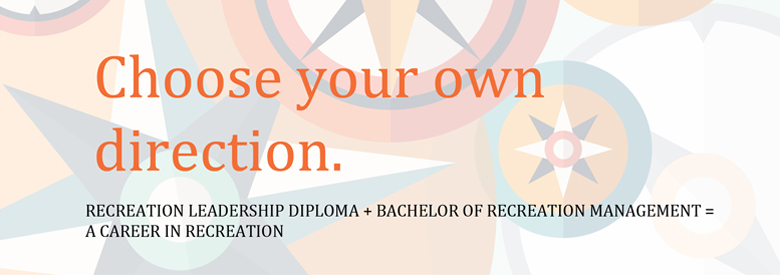Aug 3, 2017
By Joanne Edey-Nicoll, Instructor and Keltie Post, BRM Graduate 2017
Has community recreation turned into a business or is it still a community service? Do those involved, such as the public, political leaders and staff all have the same perspective? Have these perspectives changed from the time that community recreation began until now?
Community recreation was introduced to provide safe places for children and youth to play and recreation leaders served as positive role models. The traditional recreation facilities included playgrounds, arenas and swimming pools. Some of the programs and services were free of charge, making them accessible to everyone in the community. In other circumstances, fees were introduced to offset the cost of building and maintaining these facilities and to pay for professional recreation leaders.
As time went on, recreation facilities became more sophisticated, more complex and more expensive to build and operate. These facilities grew to be places for people to socialize, exercise, learn new skills and express their creativity. More user fees were introduced, making community recreation services less accessible to everyone in the community.
Today, municipal governments allot a significant portion of their budgets to recreation facilities and services. Unlike protective services like police and fire on a municipal level and medical services on a provincial level that are provided without the expectation of recovering costs, recreation is expected to generate revenue to off-set the capital and operating costs.
During recent conversations with Recreation practitioners, we’ve learned that there is an increasing emphasis being put on revenue generation. As costs to provide the facilities and services rise, the focus seems to be shifting from the original intent of community recreation to generating revenue.
While we recognize that it’s important to be fiscally responsible and work within the allotted budgets, it’s equally important for people in our communities to be physically active and socially connected. There is compelling medical evidence suggesting that if we are socially connected and physically active, we are generally healthier individuals.
Considering the rising cost of health care and dilemmas in the health care system such as overcrowded emergency rooms with patients who are sicker than they ever were before, changes to the health care system are necessary. Perhaps the Recreation sector can offer some solutions to these dilemmas.
Doctors, nurses and other health care professionals focus on treating illnesses and diseases once they have already happened, whereas recreation practitioners focus on helping people develop wellness and live a healthy life.
This Wellness Spectrum, that was created by Keltie Post, Langara Bachelor of Recreation grad, illustrates this idea.
What if we shifted our perspective from worrying about generating revenue and started re-thinking about recreation as an essential service in maintaining overall wellness? What if recreation practitioners were seen as providers of services along the illness-wellness continuum? Imagine if health care professionals and recreation practitioners worked together to build healthier communities. Would people in our communities live longer and healthier lives?

